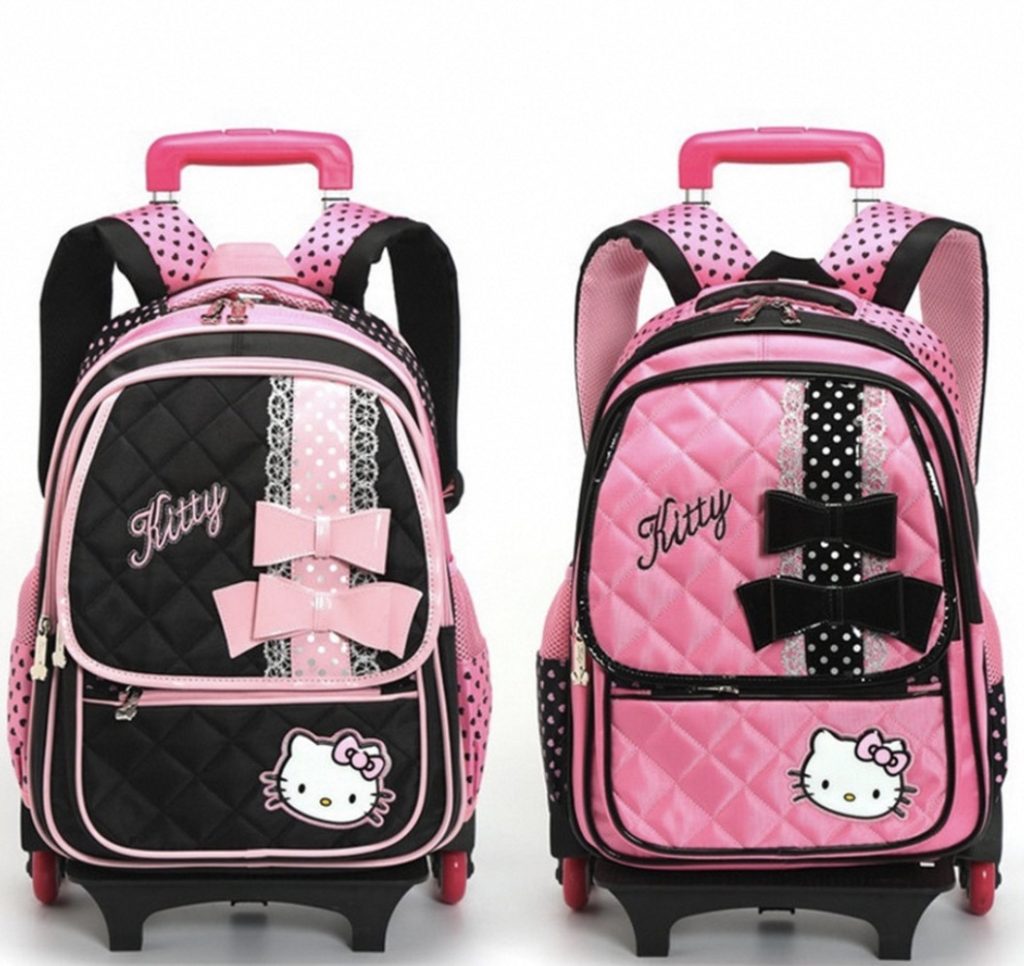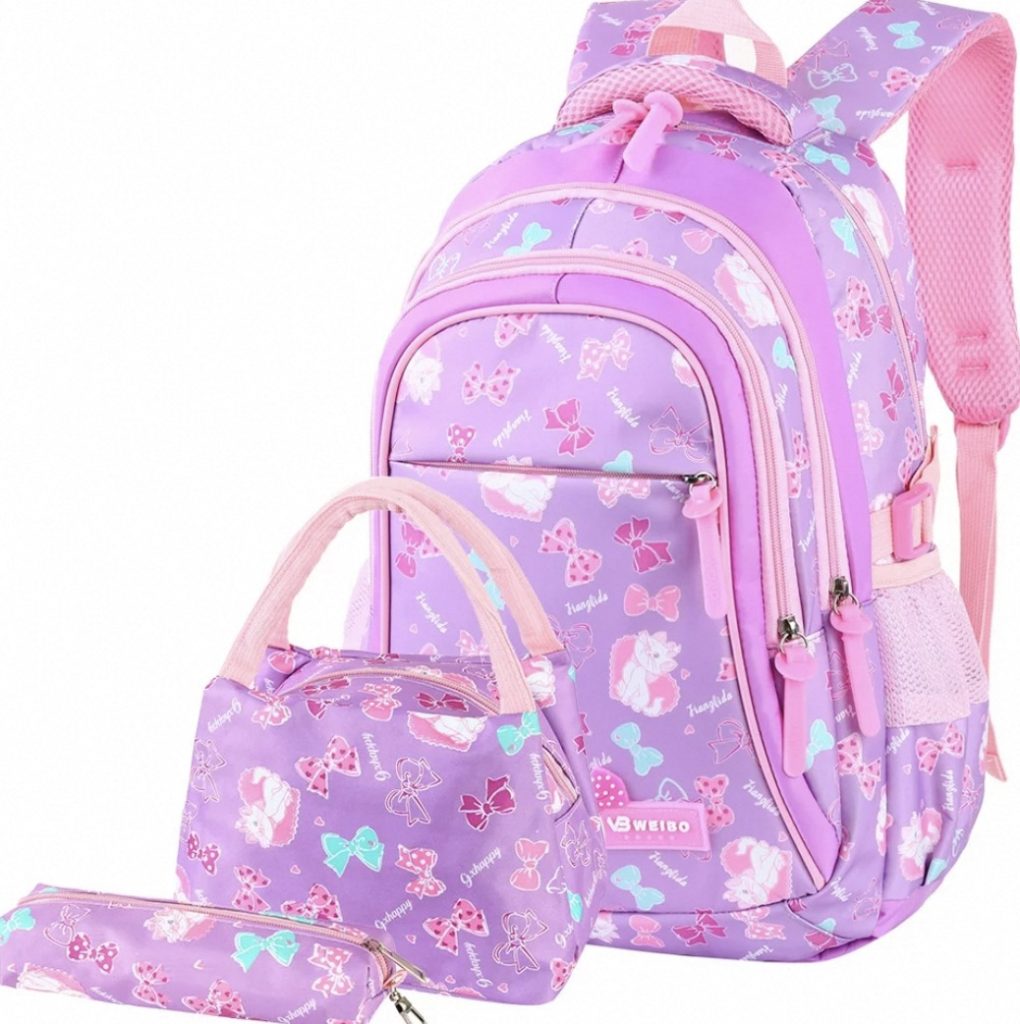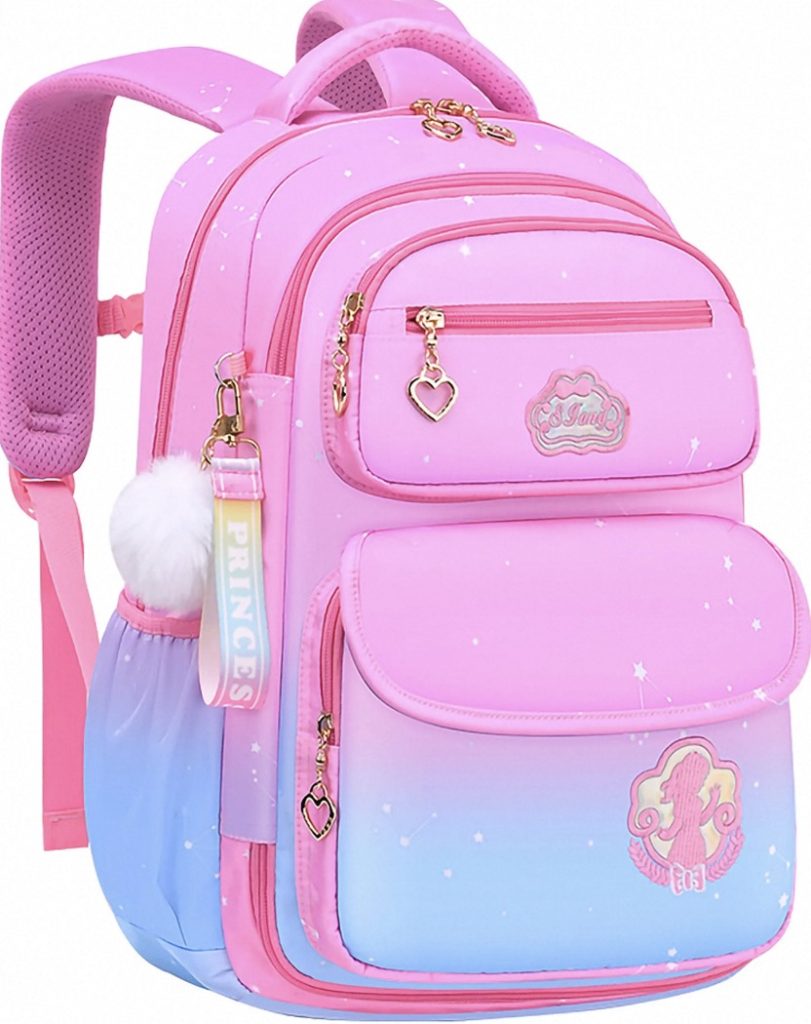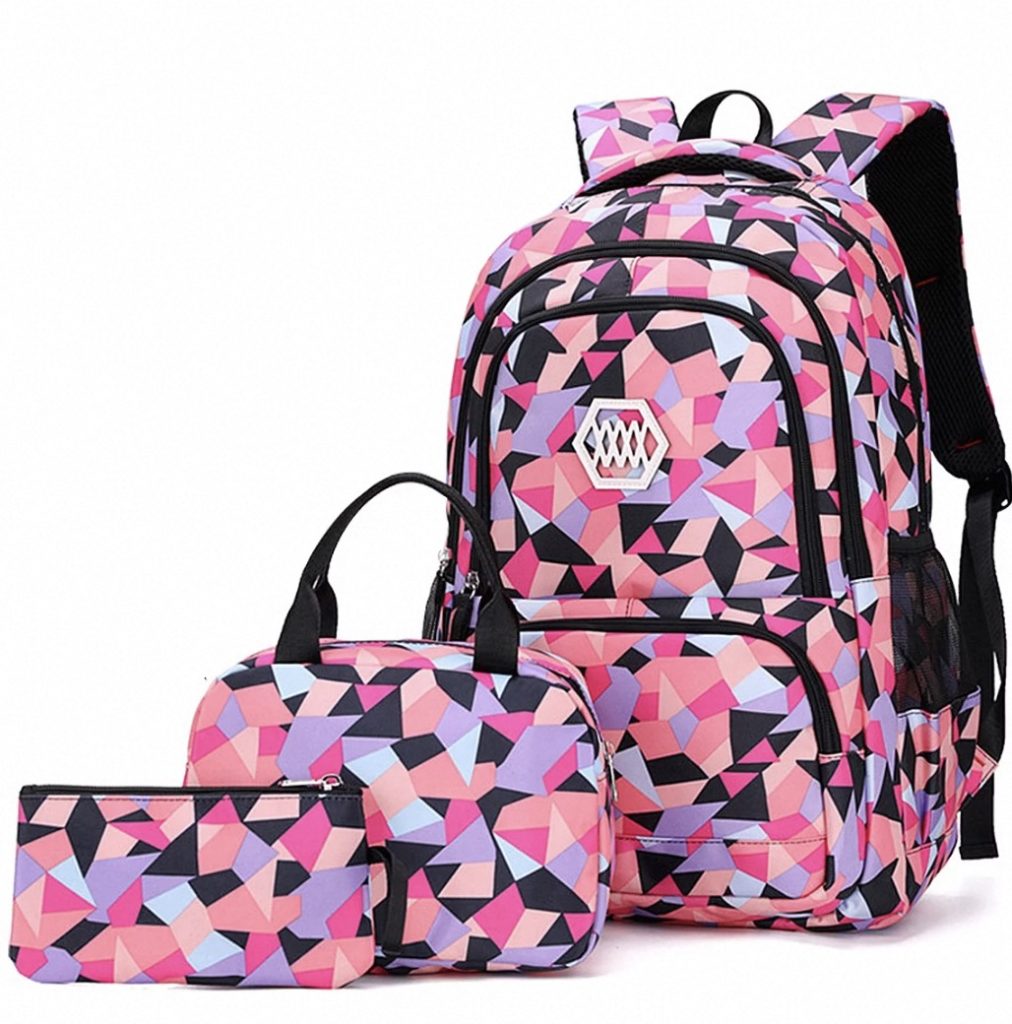Introduction:
In 2015, bags for school were more than mere accessories for carrying books and supplies; they were a blending of functionality and self-expression. The year saw backpacks, messenger bags, and totes featuring innovative designs, durable materials, and technology-friendly features that catered to the needs of modern students. This retrospective examines the trends, designs, and features of school bags that made them essential companions for students during the academic year of 2015.

Bags for School 2015: Design Trends that Defined the Year
The year 2015 was marked by diversity in the design of school bags. Vibrant colors and bold patterns took center stage, reflecting a generation of students keen on personalizing their educational experience. Backpacks with geometric prints, floral motifs, and thematic designs featuring popular media franchises became a common sight in school corridors. Renowned fashion designers and brands also stepped into the school bag market, introducing limited-edition pieces that combined luxury with practicality.
Ergonomics also played a significant role in the design of school bags in 2015. Manufacturers prioritized comfort and health, incorporating padded straps, lumbar support, and multiple compartments for even weight distribution. This focus on ergonomic design came from a growing awareness of the potential health impacts of heavy bags on developing children and teenagers.

The Role of Technology in Bags for School 2015
As technology became further integrated into the classroom, bags for school in 2015 evolved to accommodate the change. Features such as built-in charging ports, padded laptop compartments, and waterproof materials became increasingly common. Backpacks with RFID-blocking pockets to protect personal information made their way into the mainstream as students began carrying more tech devices.
Industry experts highlighted the importance of these tech-friendly features, noting a surge in the demand for bags that could safely transport gadgets like tablets, smartphones, and laptops. Innovations like these underlined the industry’s commitment to keeping pace with the digital needs of modern students.

Sustainability and Eco-Friendly Bags for School 2015
The year 2015 also witnessed a growing interest in sustainable and eco-friendly school bags. Environmentally conscious students and parents drove the demand for bags made from recycled materials, organic fabrics, and sustainable manufacturing processes. Brands that championed green initiatives saw a positive response from the market, with eco-friendly bags becoming a statement of environmental responsibility as well as a practical choice for carrying school essentials.
Discussions among environmentalists and education professionals underscored the educational value of such products, suggesting that choosing eco-friendly school bags could foster a sense of environmental stewardship among students. This trend laid the groundwork for the sustainable practices that are increasingly common in today’s school bag industry.

The Impact of Bags for School 2015 on the Market and Future Trends
The innovations and trends of bags for school in 2015 had a lasting impact on the market. Retailers saw increased sales in specialized backpacks that catered to the evolving needs of students. The popularity of these bags set the tone for future developments in the industry, with manufacturers continuing to explore ways to combine style, functionality, and sustainability.
Market analysts predicted the continuation of these trends, with a particular emphasis on the integration of technology and the growing demand for eco-friendly materials. The influence of 2015’s school bag trends is evident in the designs and features of current models, which continue to evolve to meet the expectations of a new generation of students.

Consumer Behavior and Preferences for Bags in 2015
In 2015, consumer behavior around school bags reflected a desire for personalization and functionality. Students and parents alike were making choices that went beyond the traditional backpack. They looked for bags that could express individual style while also meeting the practical requirements of school life. Retail analytics showed a spike in sales for bags with customizable features, such as interchangeable patches or skins, and options for personal monogramming or printing.
Moreover, consumers demonstrated a willingness to invest more in higher-quality bags that promised durability and comfort, indicating a shift away from disposable, single-use products. Recognizing this trend, retailers and manufacturers adjusted their inventory and marketing strategies to highlight the long-term value and versatility of their products.
Health and Safety Considerations in the Design of School Bags
Health professionals raised concerns about the physical strain caused by improper use of school bags in 2015. Chiropractors and pediatricians advocated for designs that reduced the risk of back problems due to heavy loads. This led to an increased demand for bags with adjustable straps, ergonomic support systems, and designs that encouraged proper posture.
Safety was another critical concern, especially for students commuting to and from school. Reflective materials and built-in lights became popular features for bags, enhancing visibility during early morning or evening hours. Parents and educators championed these features as they added an extra layer of security for young commuters.
The Evolution of Materials Used in Bags for School
The materials used in school bags received considerable attention in 2015. Manufacturers explored new synthetic fibers that offered enhanced tear resistance and water repellency, without adding extra weight. The development of these advanced materials was a response to the need for robust yet lightweight bags that could withstand daily wear and tear.
Natural materials also made a comeback, with canvas and leather gaining popularity for their durability and classic appeal. These materials catered to environmentally conscious consumers and those looking for a timeless look that would remain stylish beyond the school year.
Marketing Strategies and Brand Differentiation
Marketing strategies for school bags took a dynamic turn in 2015. Brands leveraged social media platforms to engage with younger audiences, using influencer partnerships and viral campaigns to showcase their products. They highlighted unique selling points, such as limited-edition designs or collaboration with artists, to differentiate themselves in a crowded market.
Furthermore, companies focused on storytelling, sharing the inspiration behind their designs or the impact of their sustainability efforts. This approach resonated with consumers who valued authenticity and corporate responsibility, driving brand loyalty and repeat purchases.
The Lasting Legacy of Bags for School 2015
The school bags of 2015 left an indelible mark on the industry. They set a precedent for the integration of tech-friendly features, a focus on ergonomic health, and a commitment to sustainable practices. The year’s trends also signaled a turning point in how brands approached design and marketing, with a newfound emphasis on meeting the nuanced needs and preferences of the student population.
Looking back, it is clear that the innovations and consumer expectations that emerged in 2015 have continued to influence the development of school bags. As we look to the future, the lessons learned during that pivotal year will undoubtedly continue to shape how manufacturers, retailers, and consumers view the essential school bag.
